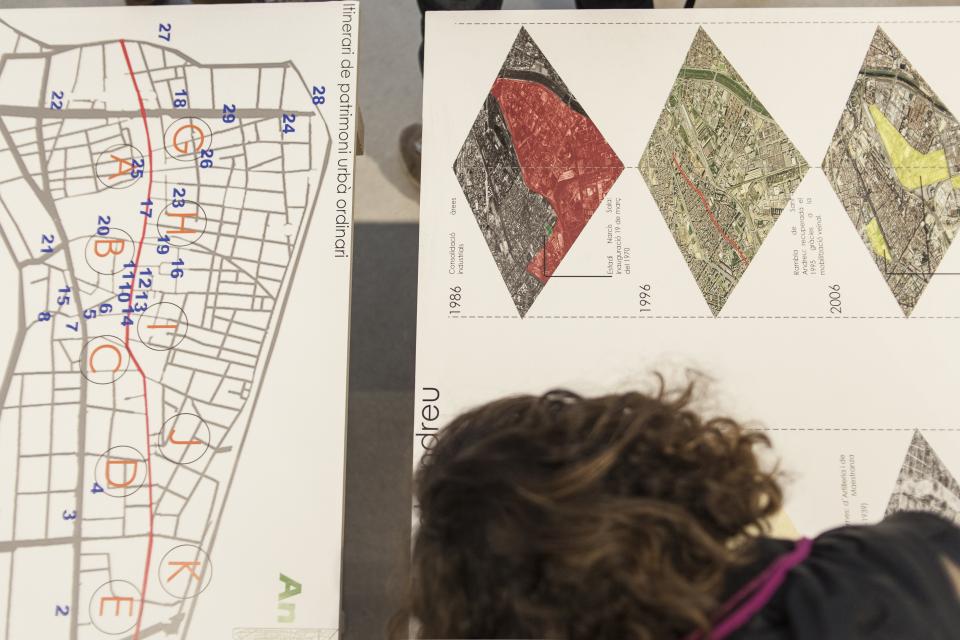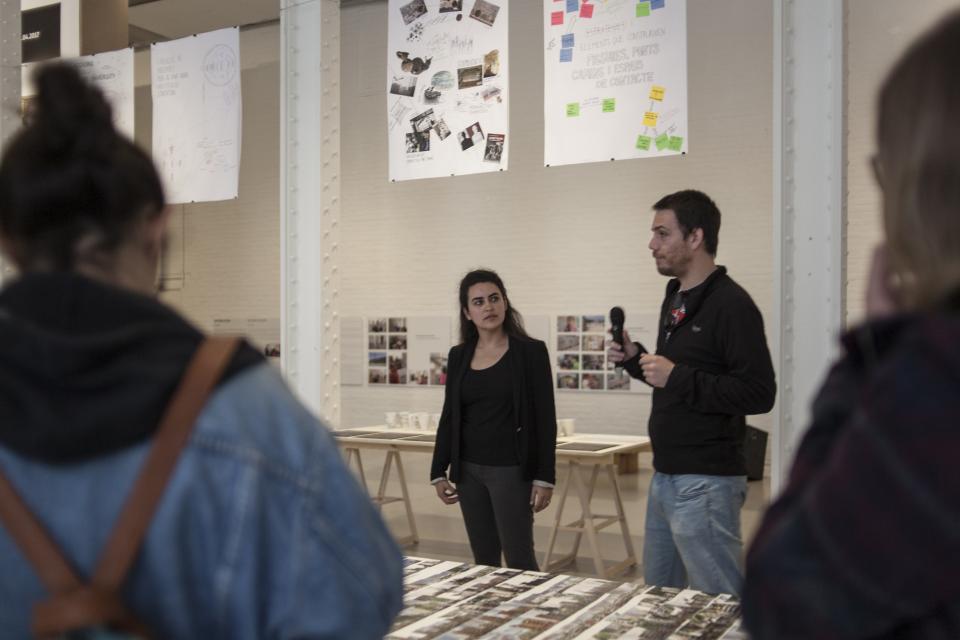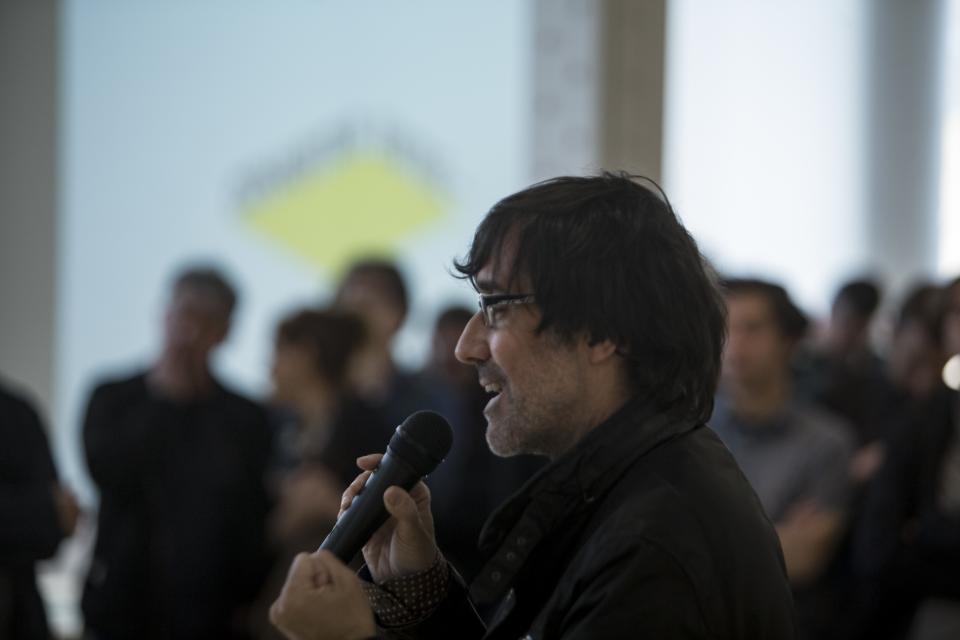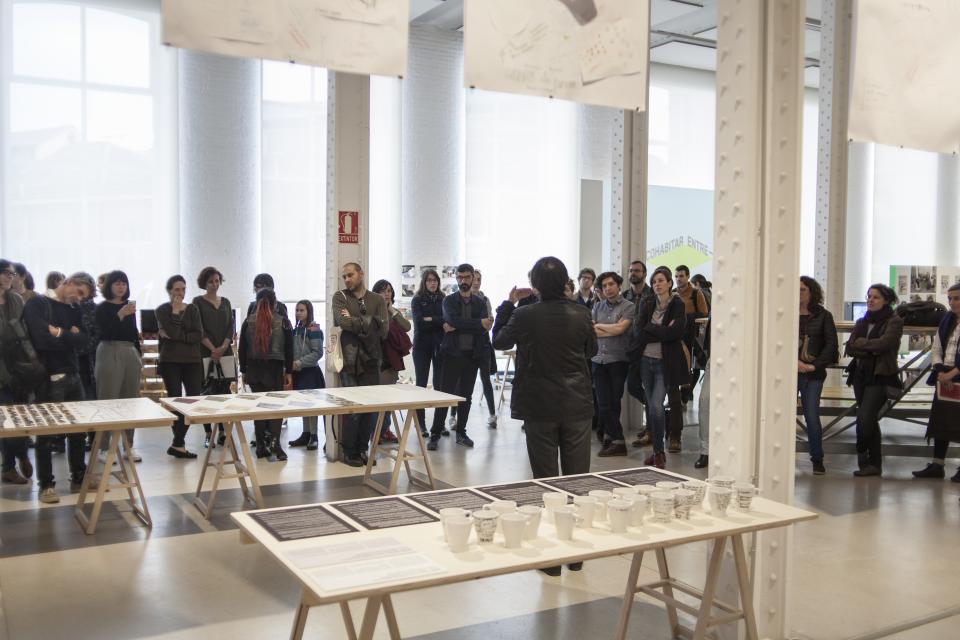COMMON LANDSCAPES: URBAN MEMORY AND HERITAGE OF SANT ANDREU
Work process within the framework of the Living In-between programme
Since February 2017
The Fabra i Coats Landscape Lab is an urban landscape and heritage laboratory that proposes a social reading of the industrial society’s ordinary heritage, within the framework of which industrial facilities were built, such as Fabra i Coats, and its footprint on the neighbourhood of Sant Andreu. The project implements all the accumulated baggage from the last 15 years of the Masters in Landscape Intervention and Heritage Management, organised by the UAB (Universitat Autònoma de Barcelona and MUHBA (Museum of the History of Barcelona).
The Landscape Lab has focused on two main areas: on the one hand, projecting landscape and heritage values, in relation to future society, based on the recycling of ordinary heritage as catalysing elements for the neighbourhood, not only as testimonies of the past; and on the other, recovering the working-class memories of the landscape and in the landscape, in terms of heritage value, with the capacity to project an urban culture that is still reasonably unrecognised and valued even less.
Along these two lines, two initial projects have been proposed. The first is Blue Heritage, which involves the identification and recognition of the value of a series of landscape and heritage elements linked to the city’s historical relationship with water. Water management understood in terms of urban social construction and infrastructures for its management, as explanatory elements of local urban memory. In this sense, an urban landscape infrastructure will be designed, which will pass through the neighbourhood’s public spaces, making this urban memory part of the current landscape. The other project is The Street as a Catalogue of Ordinary Urban Heritage. In this case different elements of ordinary urban heritage that can be identified by the local community, such as Gran Street in Sant Andreu, will be valued. Based on this “catalogue of ordinary urban heritage”, areas of different visual preferences will be identified by the population through a participatory process and interventions will be suggested for improving the visual value of urban spaces most negatively considered. This way, by activating ordinary heritage, the perception of the urban landscape will be improved.






